Winter cycling on a fat tire bike can be a lot of fun. Of course it’s important to be adequately insulated from the cold, particularly your head, feet and hands. If you skimp on your cycling clothing then it can make for a pretty miserable set of conditions, even dangerous.
The best approach to biking in the winter is to use lots of layers and to have a means of carrying the layers you’re not using, on the bike. This approach is similar to riding in the warm weather. The difference for cold-weather riding is that if you get your moisture control wrong, you can get extremely cold, very quickly.
The idea of using layers is to keep your legs and torso warm, but only just. You’re trying to minimize sweating as much as possible. If you sweat then all of that moisture goes into your clothing and as soon as you reduce your level of exertion you start to get cold very quickly.
Obviously clothing is very much person dependent and temperature/conditions dependent, so there isn’t a formula that you can copy and expect to work.
You need to experiment.
Torso – What’s worked for me so far, in temps as low as 10 degrees F, is having a thin wool base layer, a thin polyester riding shirt, a sleeveless windbreaker and a thin outer wind/rain jacket. The rain jacket is vented with zippers under-arm and I always keep these fully open.
Now that’s not a lot of clothing and if I were to walk around with such minimal protection on my torso then I’d get cold pretty darn quick. But riding, particularly winter trail riding, is a whole different matter. I’m aiming to be warm, just.
Legs – On my legs I use a pair of cycling tights (very thin warm-weather) and an outer pair of Cannondale rain pants. This is also pretty minimal but it works really well.
Footwear – I’ve messed around with different footwear options and I’ve learned a couple things the hard way. You can drop $350 on a pair of fancy winter biking boots or you can drop $70 on a pair of good insulated, waterproof winter boots from some place like Target, as I did. The key is to choose footwear a couple sizes too big, so you can use heavier socks without cramming your feet in the boots. It’s important to have space for your feet to move around, otherwise you’ll cut down circulation to your toes and you’re pretty much guaranteed to get cold toes and feet.
Don’t fall into the trap of wearing too many pairs of socks, it isn’t necessary. I use a thin pair of wool liner socks then a medium pair of wool blend.
Hands – you can buy fancy cycling gloves if you want to throw your money around, but I use a pair of fleece gloves to around 20 degrees, then a pair of padded/insulated gloves below 20. I paid $25 for the padded gloves from Target and they work pretty well.
I also use pogies and they work great. Again, cycling pogies are expensive, as much as $100, but I found a pair on Amazon which are designed for use on scooters and paid a measly $20. They work great. [here]
Pogies, in case you didn’t know, are a shroud-like device that slips over your handlebars and attaches to the bars. You then insert your hands inside the pogie when riding and they protect you from wind and rain. You can wear a much thinner glove when using pogies which helps with using the levers. I like to use my fleece gloves with the pogies, it’s a great combination.
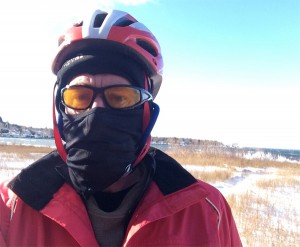 Head – there’s an old saying ‘ if your feet are cold, wear a hat’. Everyone knows that most of your body heat is released through your noggin’, so obviously you need to wear something warm up top. When it gets below 20 I like to wear a super-thin Cannondale balaclava with a North Face ear warmer over the top. Then my helmet on top. As it gets colder I may need to find a thicker balaclava, as I’m borderline ‘cool’ at 15-20 degrees, particularly on a windy day. (I know, I don’t look cool).
Head – there’s an old saying ‘ if your feet are cold, wear a hat’. Everyone knows that most of your body heat is released through your noggin’, so obviously you need to wear something warm up top. When it gets below 20 I like to wear a super-thin Cannondale balaclava with a North Face ear warmer over the top. Then my helmet on top. As it gets colder I may need to find a thicker balaclava, as I’m borderline ‘cool’ at 15-20 degrees, particularly on a windy day. (I know, I don’t look cool).
I also wear yellow lens sunglasses for riding, but I need to find some goggles as the glasses mist over when I’m wearing the balaclava and my nose is tucked inside.
Clothing Change
The last part of the equation is carrying dry gear to throw on quickly when you stop riding. You need to plan ahead to get this part right. For example, if I’m going to spend up to 2 hours riding the trails then I can do that without really taking a break. In this case I’ll carry a warm sweater with me so I can dump my moist layers at the end of the ride and put on a dry sweater for hanging around at the trail and for the drive home in the car.
If I’m going to be riding longer, say 3 hours or more, then I’m going to need to take at least one 15 minute break after a couple hours riding, in which case I’m going to need a complete layer change for my torso. I need to ditch the damp/wet clothing as soon as I stop for a break, and replace it with warm/dry – otherwise I’ll freeze.
I also carry a spare pair of gloves on longer rides so I can switch to the dry pair after taking a break.
This might sound like a pain, and it is. But it’s essential if you’re going to stay comfortable.
Vapor Barriers
You can minimize the need to switch out of wet clothing by adopting a completely different approach to moisture control.
The conventional method, as I’ve outlined above, is to wear layers and to select material that ‘wicks’ the moisture away from your skin. The idea is that the first layer catches all of your sweat and wicks it into the second layer, taking it away from your skin. Then the moisture is wicked through the various layers until it reaches the outer layer where it evaporates. This all sounds very clever, but you’re always left with moist clothing no matter how well you’re able to manage moisture…..unless of course you’re the Queen of England who doesn’t sweat. (She may ‘perspire’, no one really knows for sure).
Vapor Barriers take the approach of preventing the moisture from reaching into your warm clothing layers altogether.
An example of a Vapor Barrier is to wear a thin wool base sock then place your foot into a plastic bag, then the foot/bag into another thicker sock, then into your boot. The plastic bag traps the moisture and prevents the outer sock from becoming wet and thus protects the insulation on the inside of the boot.
For the torso, people have been known to wear a thin base layer then a large garbage sack with holes cut for the head and arms! Then warm layers on top of the garbage sack. Obviously if you have the moolah to spend then you can buy vapor barrier clothing so you’re not riding around inside of a garbage bag.
I haven’t tried VB on my torso, yet, but I have on my feet and it works quite well.
When to use the Vapor Barrier method?
It’s beneficial on longer rides, or hikes, in cold-weather. If you’re going to need to stop to take a break, then resume physical activity, and you don’t want to carry around a change of clothing (or several changes, as may be the case), then using Vapor Barriers might be the smart choice. Many backpackers use this method as it minimizes the size and weight of the load they need to carry. Also, if you’re camping overnight in cold weather then there isn’t an easy way to dry out your wet clothing. So preventing it from becoming wet by using a VB might be the best approach.
Of course the downside is two-fold. One, your vapor barrier layer may actually promote sweating – you may sweat more than you do ordinarily. This makes hydration critical. Oftentimes in cold conditions you do not receive the hydration signals that you do when riding/hiking in warm weather. You may not feel thirsty but you still need to rehydrate, particularly if your choice of clothing is promoting excessive sweating. (Obviously you still need to manage outer layers when using a VB so that you’re warm, but not too warm).
The other consideration is having the moisture trapped against your skin. It may start to feel a bit swamp-like….which I guess might not sit well with some.
If you have any tips, please feel free to share below.

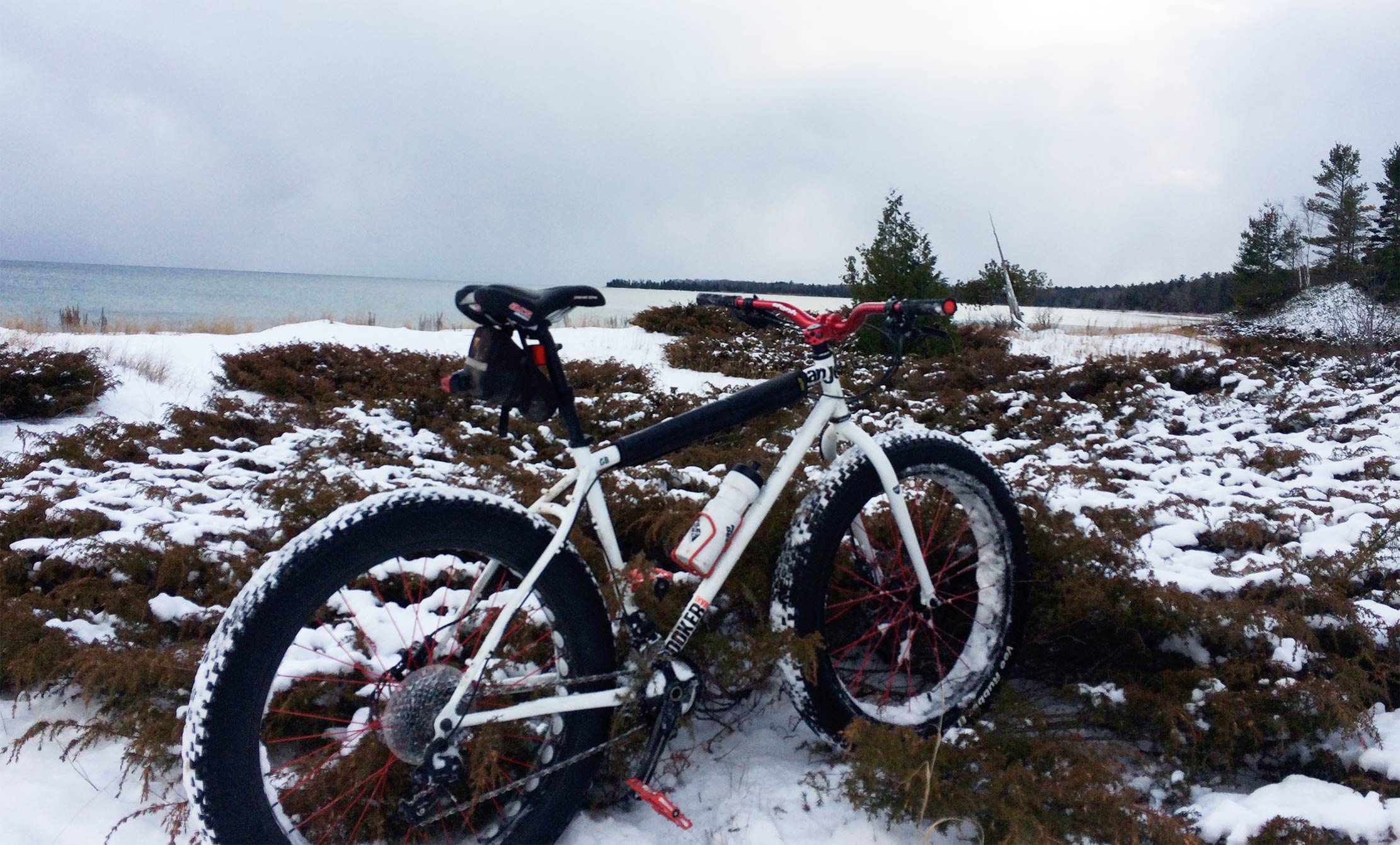
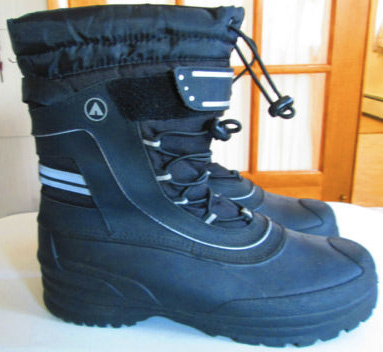
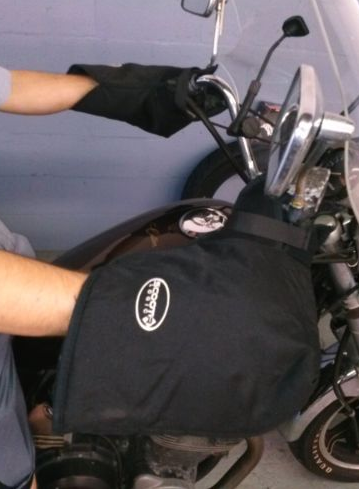
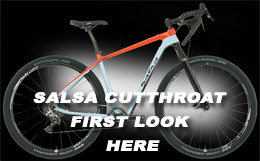

Using vb’s is the only way to ride winter trails IMHO. You can regulate your effort on a road ride but not easily on a trail.
Finding the right clothing isn’t easy….check out skiing and hunting stores
ell
Don’t use vapor clothing unless you want to look like a prune
I hear ya. But honestly, I’d sooner be prune-like than like a frozen kipper. Yeah, it feels a little uncomfortable, but it’s the lesser of two evils IMHO.
Thanks ell,
Yep, I tend to agree. I’d go one step farther and say ‘ignore sports stores altogether’. Unless of course you can find something online that’s 70% off, or whatever. Otherwise I’d try to find clothing outside of the sporting section at places like Target and Kohls.
One example – I had to make an emergency purchase a few weeks ago from one of those outdoor adventure outfitter places. It was 5pm and I had a century ride the following day with a cold forecast. I needed an ear-warmer / head band. Whatever you call ’em. So I ended up dropping $29 on a fleece head band with ‘North Face’ printed on the front.
A couple days ago I saw exactly the same headband in the local hardware store for $4.99 I couldn’t believe it. I bought the bugger so I could take it home and compare labels. Sure enough it’s identical other than the printed name on the front.
Anything sports/cycling/climbing etc is jacked way up in price. If you see something that’s 70% off then you can reckon that it’s just about fair value. Not cheap, just fair…
Bar Mitts